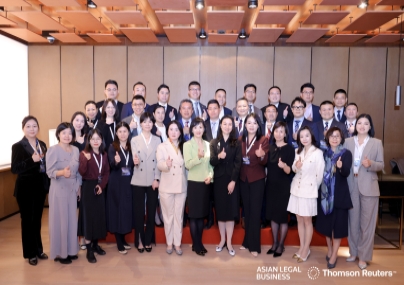China's securities regulator, seeking to contain risks in the country's highly-leveraged stock market, released draft rules that cap a brokerage's margin trading and short selling business at four times its net capital.
At present, there is no ceiling on how much margin financing a Chinese brokerage can extend.
The China Securities Regulatory Commission (CSRC) said the draft management rules for share-financing were being published for public comment.
The regulator told brokerages again to make sure they don't help "facilitate" illicit loans to clients for share purchases.
The CSRC also said brokerages must "conduct self-inspection" and that it would exercise more prudent management of the margin financing and short selling business.
However, the CSRC said it would allow "reasonable" roll-over of such contracts, and lower the threshold for professional investors to participate.
Margin financing - money investors borrow from brokerages to buy stocks - has grown five-fold in China over the past 12 months, exceeding 2 trillion yuan ($322.26 billion).
SUGGESTED CAP
The suggested cap points to a ceiling of 2.7 trillion yuan on margin financing and short selling, based on the industry's total net capital of 679.2 billion yuan by the end of last year.
China's huge volume of margin financing has helped drive a 150 percent surge in benchmark indexes during the period.
On top of permitted margin financing, many investors borrow money outside the brokerage system, and CSRC wants to halt that. In some cases, investors use so-called umbrella trust products as a channel to bet on stocks, a practice CSRC has declared illegal.
Deng Ge, a spokesman of CSRC, told a press conference in Beijing that brokerages should conduct self-inspection to make sure that they do not facilitate lending to clients through illicit channels.
Separately, CSRC urged brokerages to increase investment in their trading systems, and to conduct regular stress tests.
Several brokerages have suffered malfunctions in their trading systems recently during volume surges in China's red-hot stock market.


